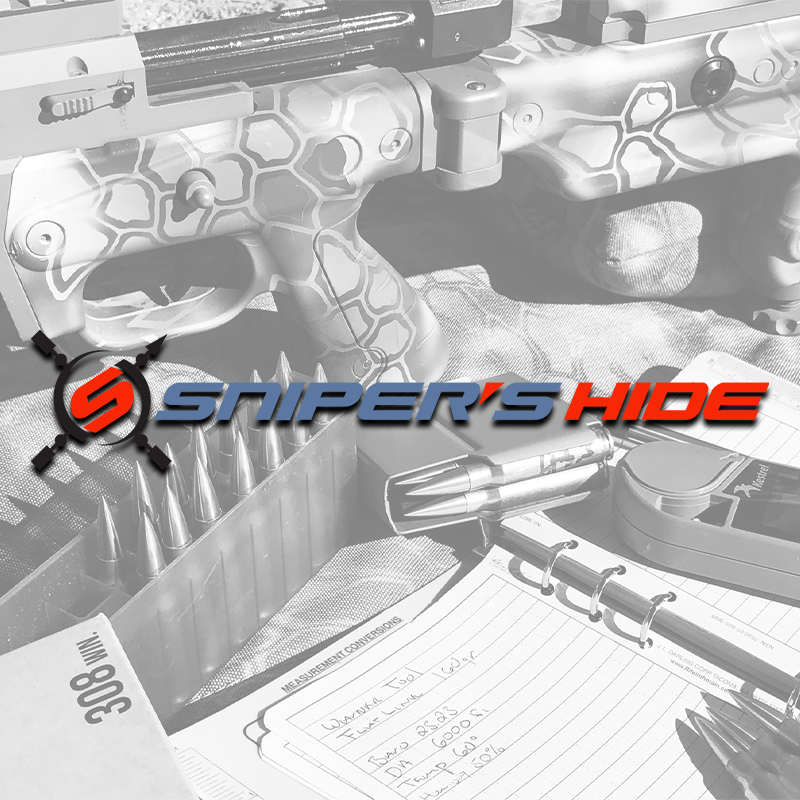It took a little while for me to publish this video due to a back issue I've been having, but I finally got it out.
This one takes a look at the basics of mirage, and how it can impact your POI. You guys who regularly shoot in the desert probably know this and will laugh at us uninitiated, but I usually shoot in the hills where we don't get mirage that impacts our POI... or do we?
This one takes a look at the basics of mirage, and how it can impact your POI. You guys who regularly shoot in the desert probably know this and will laugh at us uninitiated, but I usually shoot in the hills where we don't get mirage that impacts our POI... or do we?


